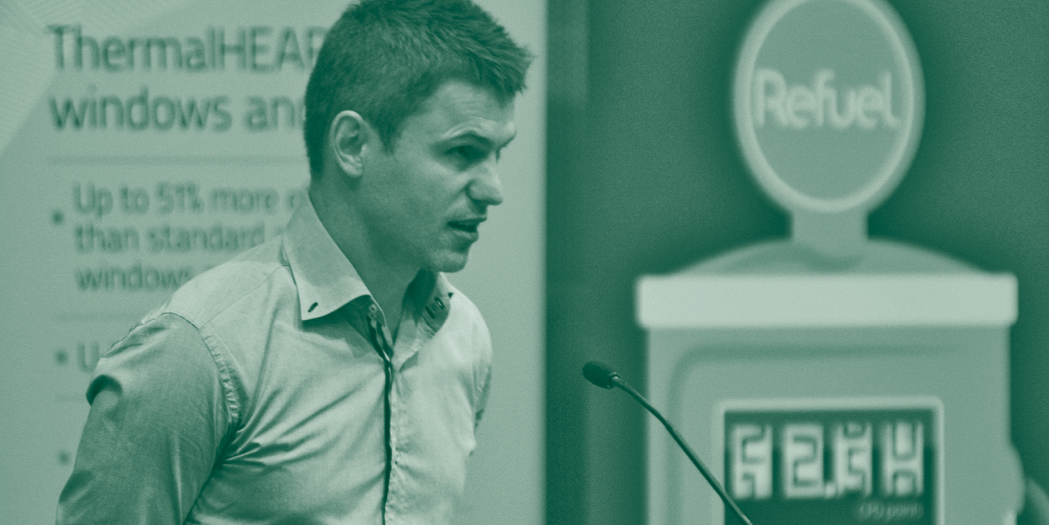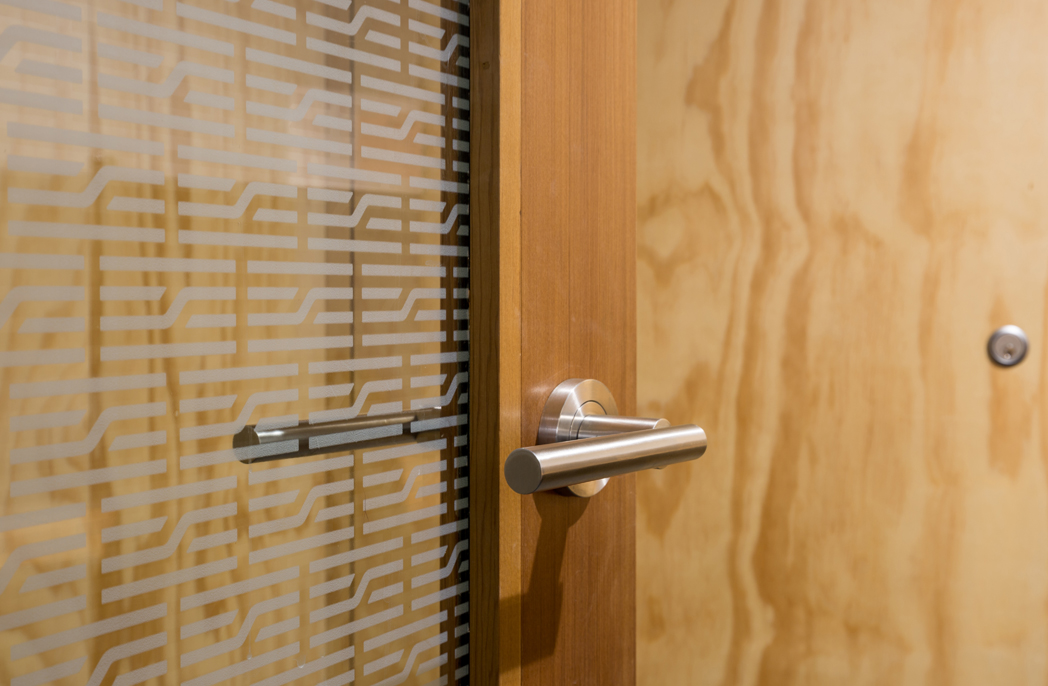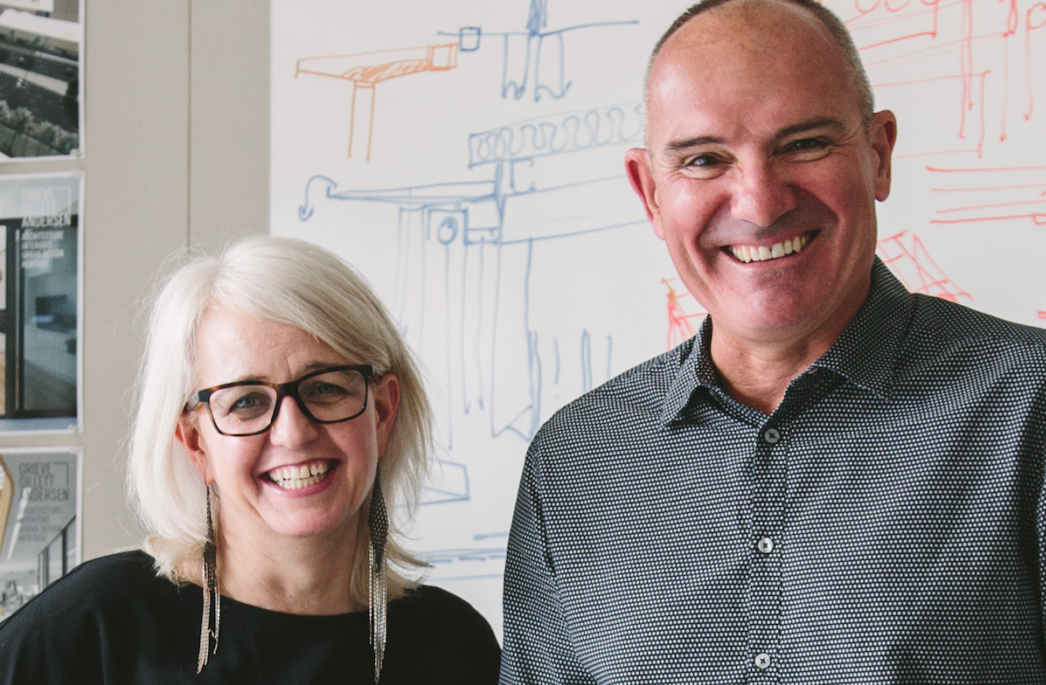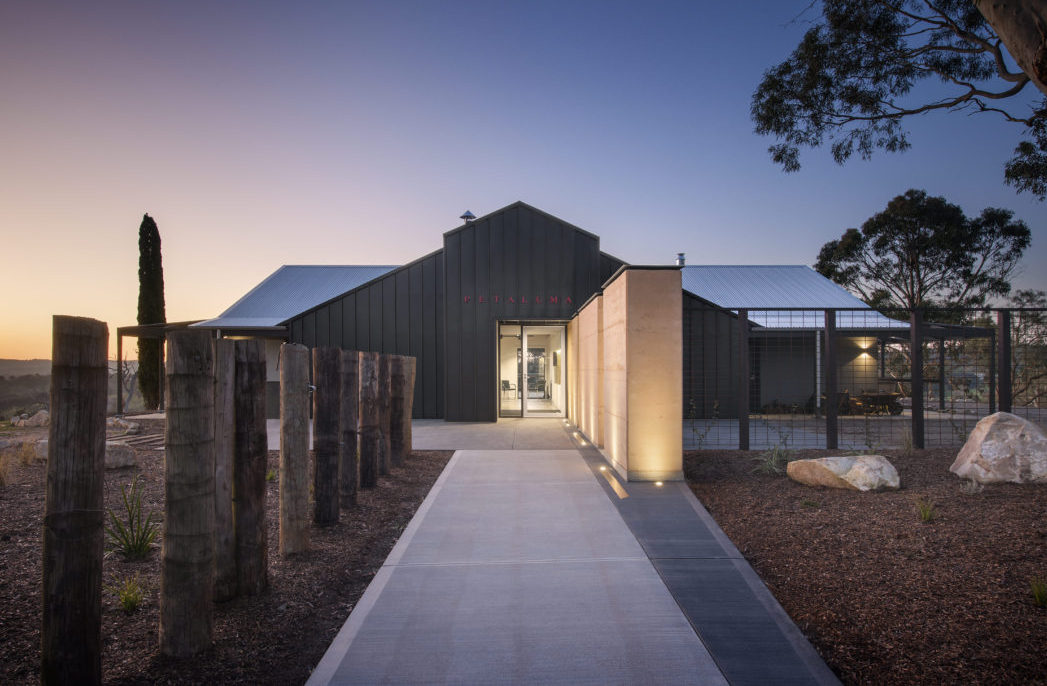
How to improve your fee proposals
How to improve your fee proposals
Share
You may be familiar with this situation: a client approaches you – perhaps it’s a cold call, perhaps a referral or perhaps you’ve worked together before. They’re excited by the project and keen to get started. After explaining their requirements to you, they ask you, “How much do you charge?”
You respond with hesitation and agree to send them your proposal shortly. You return to your office and begin to think about the project, the client and the level of fee you should propose. You spend the next couple of days searching for that magical fee number: a fee that’s low enough to win you the work, while also being high enough to ensure a reasonable level of profit. Before long it’s decision time and, with a mixture of optimism, relief, trepidation and resignation you settle on a fee number, complete your proposal, attach it to an email and hit ‘Send’.
It’s now that the silence ensues. The once eager client is notably absent. At first, they have plausible reasons for the delay, until, finally, they no longer return emails or answers calls. Apparently, they weren’t in that much of a hurry after all… or, at least, not in a hurry to appoint you.
So, what happened? How did this ‘eager client’ suddenly disappear? Most design professionals assume that it was their fee – too high again! ‘Nobody values good design!’ Don’t be so sure. Let’s examine where we may have gone wrong…
Traditionally, we in the design industry, viewed our fee proposal document simply as a legal instrument for executing an agreement between ourselves and our client: a document that set expectations, explained the process and informed our client of the associated fees, making very clear all the disclaimers, exclusions and liabilities the client will accept… not unlike the instruction manual and warranty card you find at the bottom of the box when you’ve purchased a new kitchen appliance, or the like.
So, what’s wrong with that? Well, for a start, retailers don’t try to use the instruction and warranty booklet to encourage buyers to purchase the appliance.
As our industry has become more competitive, we need to reconsider the way we view our fee proposal document: not simply as a legal instrument, but rather as a document that sells our services.
When it comes to selling design services, the solution may be closer than you think: selling design services isn’t about searching for that one magical fee number that maximises profits while also maximising sales – that doesn’t exist.
The success of a fee proposal is all about understanding that different clients have different reserve price preferences. Rather than trying to guess what that one magical fee number may be, it’s much more efficient to offer your clients a range of different fee options based on a range of different service solutions. Then let your client tell you what they value and how much they’re prepared to spend.
This type of pricing model is commonly referred to as ‘price discrimination’. Nearly every other industry adopts this pricing model with great success… why don’t design professionals adopt it too?

Written by Ian Motley, who is the founder of Blue Turtle Consulting and has over 18 years’ experience, a building science (project management) degree and a career that spans three continents.
Blue Turtle is a group of international consultants that specialises in writing, reviewing and negotiating architect fees and architectural contracts. Since starting Blue Turtle Consulting Ian has written and published a series of Fee and Appointment Guides that sell in 13 different countries.
Blue Turtle Consulting and the Fee Proposal Workshop – hblueturtlemc.com/au-workshops
This article originally appeared in AR149 – available online and digitally through Zinio.
—
Want more business advice? Penny Craswell helps weigh up whether you should expand your practice or not here.
You Might also Like




















